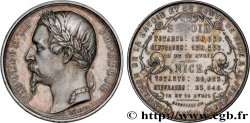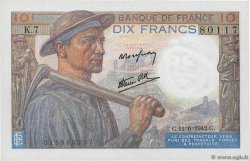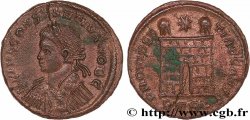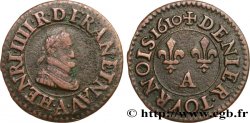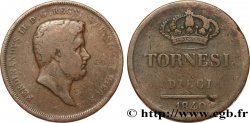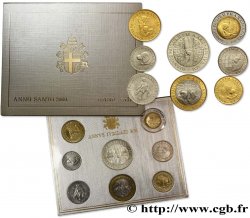недоступный.
Товар уже продан в нашем интернет-магазине (2020)
Цена: : 220.00 €
Товар уже продан в нашем интернет-магазине (2020)
Цена: : 220.00 €
Тип Médaille, corps législatif, Gustave Le Borgne de La Tour
Дата: 1855
Монетный двор / Город: 22 - Côtes-d’Armor
Металл: silver
Диаметр: 50,5 mm
Ориентация осей монеты: 12 h.
Вес: 65,41 g.
Век: lisse + main ARGENT
Пуансон: main ARGENT
Комментарии о состоянии
Cette médaille est frappée sur un flan régulier. Du brillant de frappe est encore largement présent au revers. Jolie patine hétérogène. Présence de quelques coups et fines rayures. Une très légère usure sur certains hauts reliefs
Лицевая сторона
Аверс: легенда: NAPOLÉON III - EMPEREUR.
Аверс: описание: Tête nue de Napoléon III à gauche ; au-dessous BARRE.
Обратная сторона
Реверс: легенда: *CORPS LÉGISLATIF* - SESSION DE 1855 // LE V.TE / DE LA TOUR / (CÔTES.DU.NORD).
Реверс: Описание: Légende en 3 lignes dans un médaillon entouré d’une couronne de lauriers.
Комментарий
Gustave Le Borgne de La Tour ou plus exactement Gustave-Louis-Jean-Marie Le Borgne, comte de La Tour (1814-1893) est un militaire et politicien français. Appartenant à une famille légitimiste, il devient conseiller général puis député du corps législatif dans la 4e circonscription des Côtes-du-Nord de 1852 à 1870. Il était officier de la Légion d'honneur, commandeur de l'ordre de Saint-Grégoire-le-Grand et de l'ordre de François-Joseph d'Autriche, chevalier de l'ordre de Saint-Sylvestre.







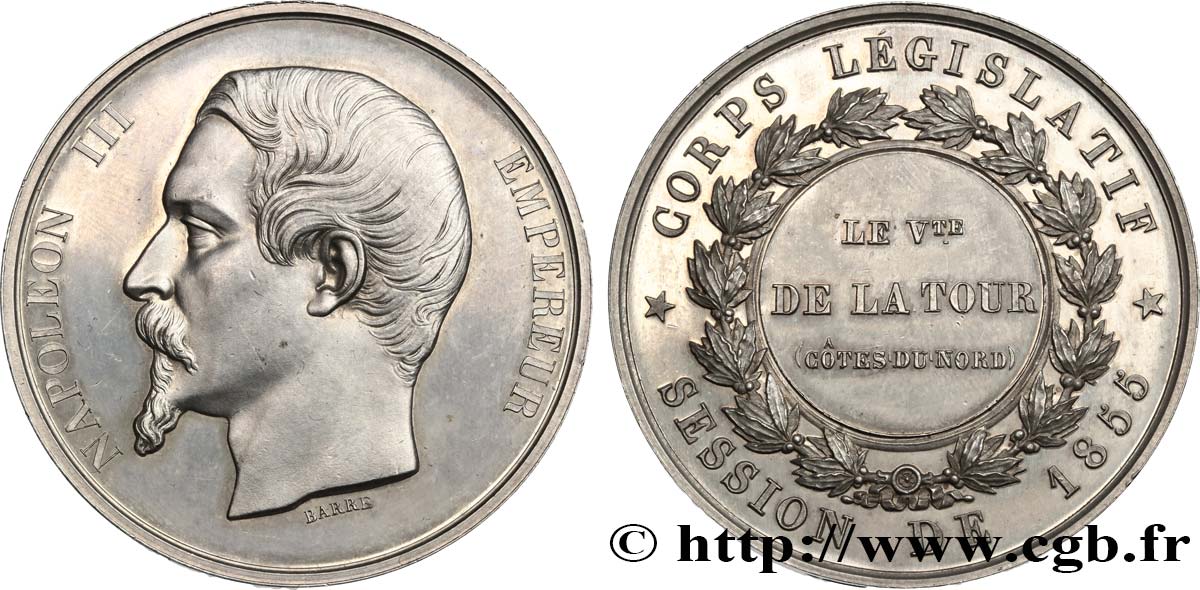
 Cообщить об ошибке
Cообщить об ошибке Распечатать страницу
Распечатать страницу Отправить мой выбор
Отправить мой выбор Задать вопрос
Задать вопрос Consign / sell
Consign / sell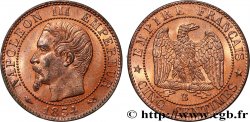
 Информация
Информация
